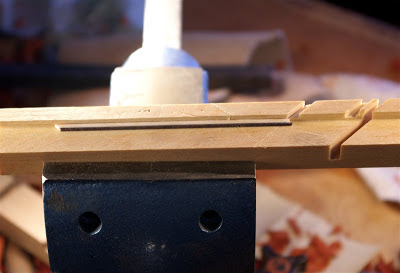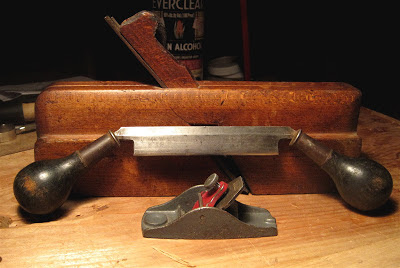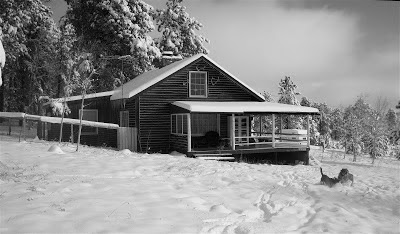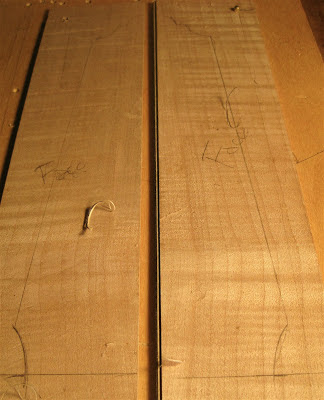Posts
Showing posts from 2012
End of Year Thoughts, Ramblings and Thanks
- Get link
- X
- Other Apps
The Ten String Classic Guitar-My Latest Obsession Part 6
- Get link
- X
- Other Apps
Which is Better? The Old Plane Irons or the New Plane Irons?
- Get link
- X
- Other Apps
The Earliest Known Joiner Shop in the US is Discovered!
- Get link
- X
- Other Apps
Smoothing Planes, Which is Better? The Stanley No. 3 or the Stanley No.4
- Get link
- X
- Other Apps
The Ten String Classic Guitar-My Latest Obsession, Part 5
- Get link
- X
- Other Apps
The First Good Snow Storm of the Fall Season
- Get link
- X
- Other Apps
The Ten String Classic Guitar-My Latest Obsession, Part 4
- Get link
- X
- Other Apps















